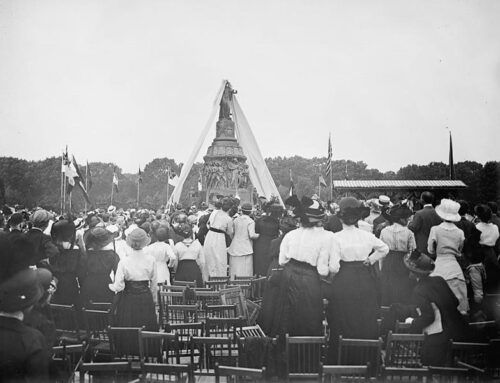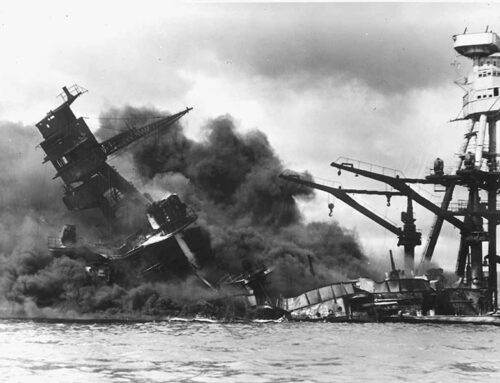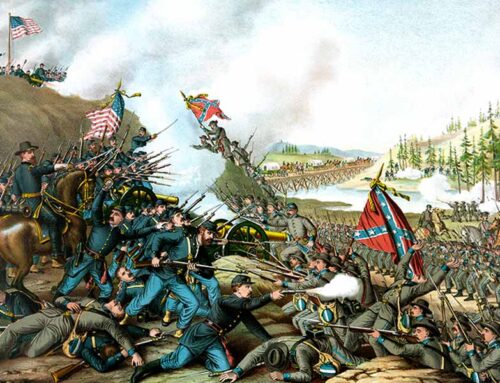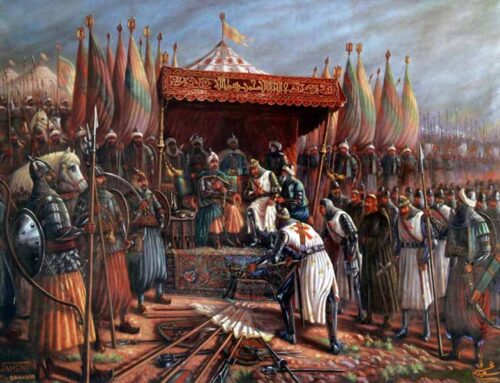“All things are done according to God’s plan and decision”.
—Ephesians 1:11a
A Deal Is Struck for the Louisiana Purchase, May 2, 1803
![]() wo hundred twenty years ago this week the French flag was lowered and replaced by an American flag in New Orleans, the capitol city of the Louisiana Territory. In one stroke, the size of the United States doubled, all or parts of fifteen future western states were added—eight hundred thirty thousand square miles purchased at about four cents an acre. Known as the “Louisiana Purchase,” God, through an astounding series of providences, had placed in the hands of the Americans an absolutely breath-taking bargain which the author of the deal, President Thomas Jefferson, opined in a colossal understatement that “the fertility of the country, its climate and extent, promise in due season important aids to our treasury, an ample provision for our posterity, and a wide-spread field for the blessings of freedom.”
wo hundred twenty years ago this week the French flag was lowered and replaced by an American flag in New Orleans, the capitol city of the Louisiana Territory. In one stroke, the size of the United States doubled, all or parts of fifteen future western states were added—eight hundred thirty thousand square miles purchased at about four cents an acre. Known as the “Louisiana Purchase,” God, through an astounding series of providences, had placed in the hands of the Americans an absolutely breath-taking bargain which the author of the deal, President Thomas Jefferson, opined in a colossal understatement that “the fertility of the country, its climate and extent, promise in due season important aids to our treasury, an ample provision for our posterity, and a wide-spread field for the blessings of freedom.”
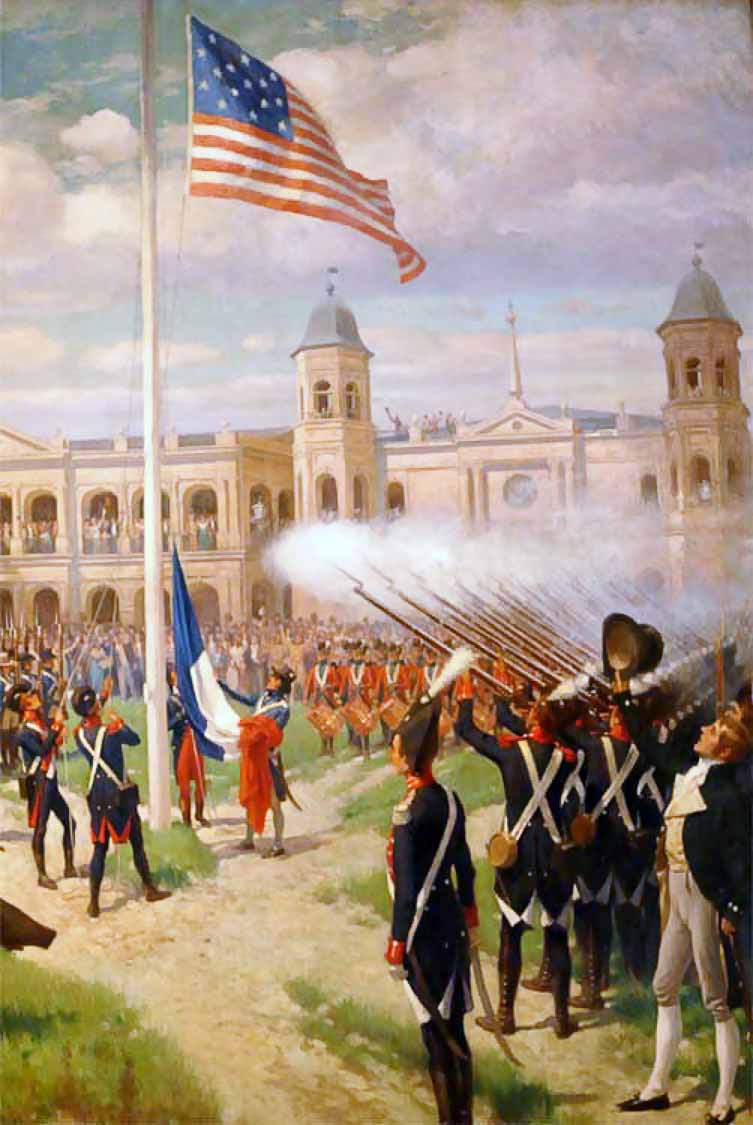
Flag-raising in the Place d’Armes (now Jackson Square), New Orleans, marking the transfer of sovereignty over French Louisiana to the United States, December 20, 1803

Map of United States with the land acquired during the Louisiana Purchase shown in white
France entered the European explorations of the New World in the 16th Century. It was not until April 9, 1682, however, that Robert Cavelier, Sieur de La Salle “erected a cross and column near the mouth of the Mississippi and solemnly read a declaration to a group of bemused Indians,” claimed the entire Mississippi River Basin for France. He named the region in honor of Louis XIV, the French King who ruled for more than seventy-two years, expelled Protestants from France, and started multiple wars in Europe. In 1718 another nobleman-explorer, Jean-Baptiste le Moyne, Sieur de Bienville founded New Orleans. Louis XIV gave the territory to his Bourbon cousin Charles III of Spain in 1763, which laid the stamp of Spain on the architecture and culture. In 1802, Napoleon secretly negotiated a treaty to re-acquire Louisiana for France once again, which Charles exchanged for a small kingdom in northern Italy that he wanted for his daughter Louisetta. That obscure deal set in motion a chain of providential events that eventually led to American hegemony over the entire continent.

La Salle taking possession of Louisiana and the Mississippi River in the name of Louis XIV of France
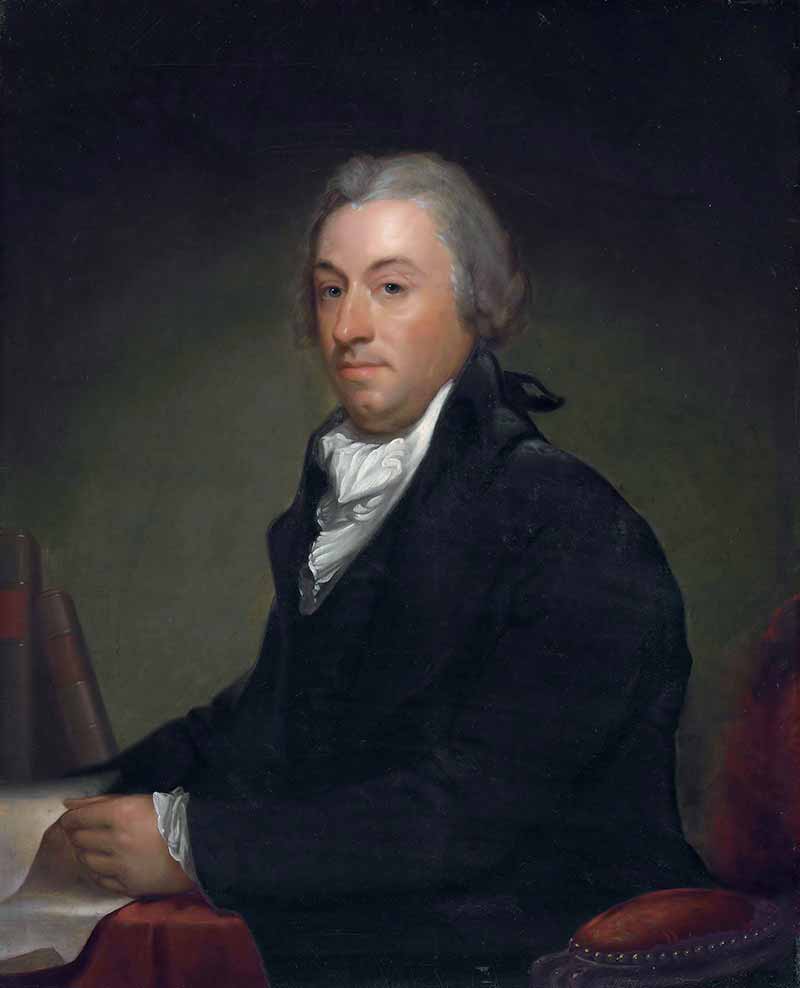
Robert Livingston (1746-1813), United States Minister to France
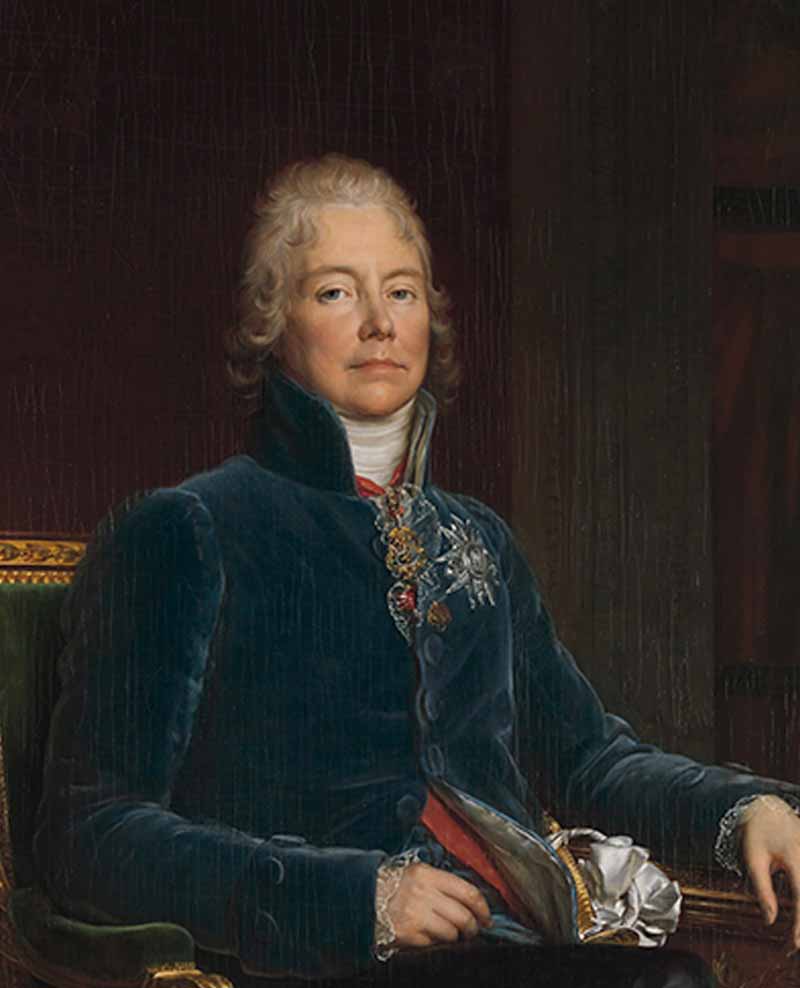
Charles-Maurice de Talleyrand-Périgord (1754-1838), French diplomat
Thomas Jefferson suspected that Napoleon wanted to close the Mississippi River to American shipping traffic, or make it a financial windfall for France and give them power over that commerce. He also considered the Mississippi the gateway to the continent and New Orleans the key to unlock that potential. He dispatched a letter to the American minister in Paris, Robert Livingston, to approach the French foreign minister, Talleyrand, a secretive and unscrupulous operator if there ever was one, and offer to purchase New Orleans if the secret treaty was already a done deal. Talleyrand, whose contempt for the United States was palpable, denied any knowledge of a treaty with Spain.
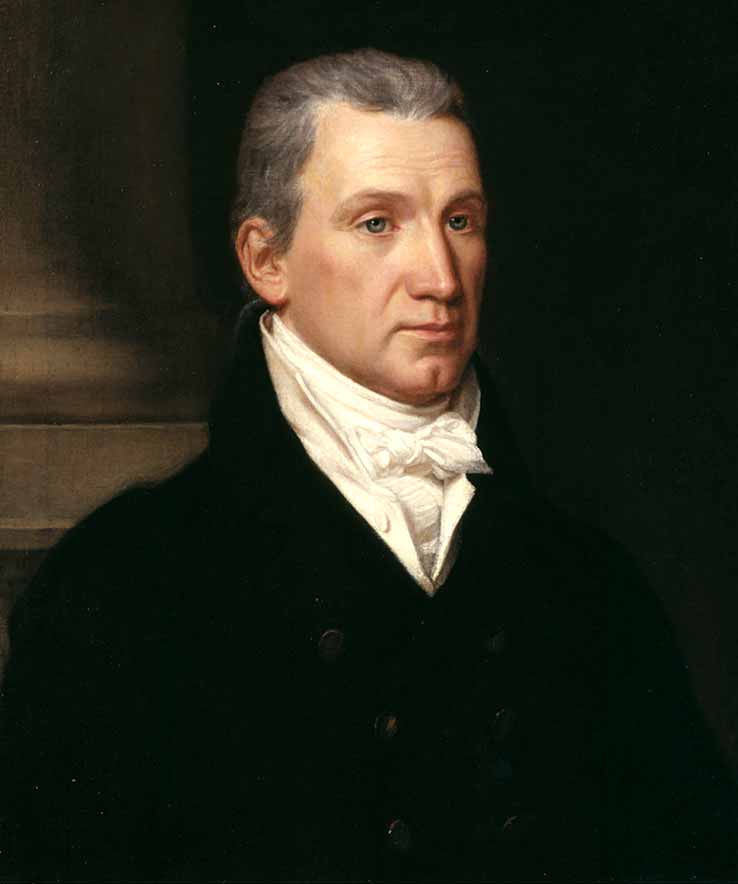
James Monroe (1758-1831)
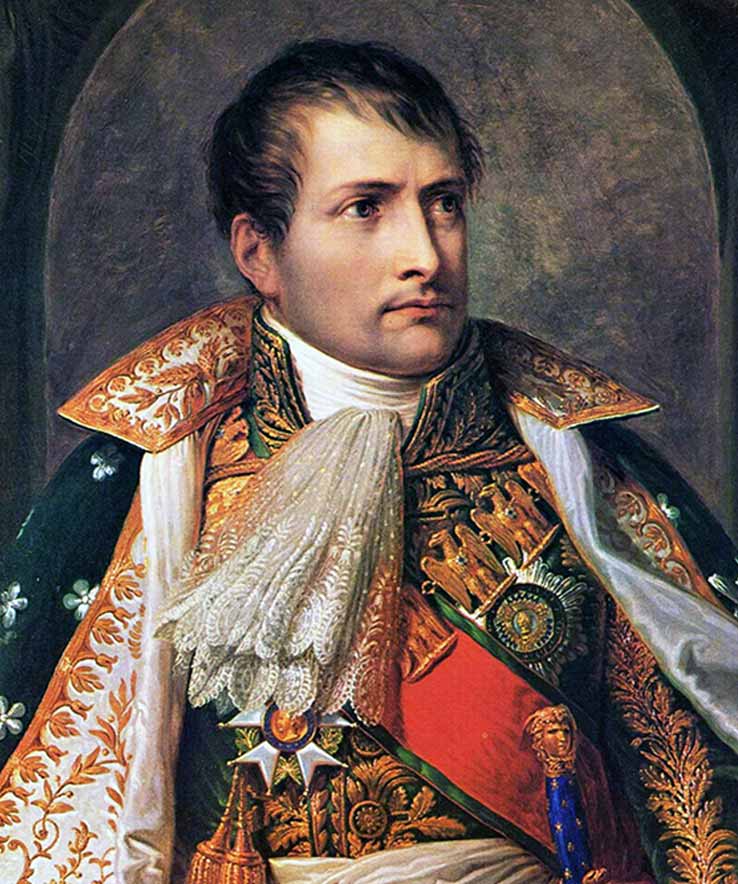
Napoleon Bonaparte (1769-1821)
France readied a 7,000 man army to sail to Saint Domingue (now Haiti) to springboard into New Orleans. In March, 1802, the combination of a revolt in Haiti and a massive yellow fever epidemic destroyed the French army. The Emperor prepared another military force in French-controlled Netherlands to set sail and put down the revolt in Haiti and garrison New Orleans. In January of 1803 the expedition became ice-bound in Dutch ports and missed their rendezvous. Jefferson sent James Monroe, former Governor of Virginia, to join Livingstone in Paris and offer up to nine million dollars to Napoleon for New Orleans and part of Florida. Monroe had to sell his furniture and china to arrange travel funds, and sailed for France on March 8, 1803. By the time of his arrival in Paris on April 8, Napoleon had suddenly changed his mind and decided Louisiana held no value to him compared to Saint Domingue’s production of sugar, coffee, indigo, cotton and cocoa which provided some 700 shiploads per year and was the main platform of French colonial profitability in the New World. Furthermore, Napoleon was gearing up for another war with Britain and desperately needed to replenish his military coffers.
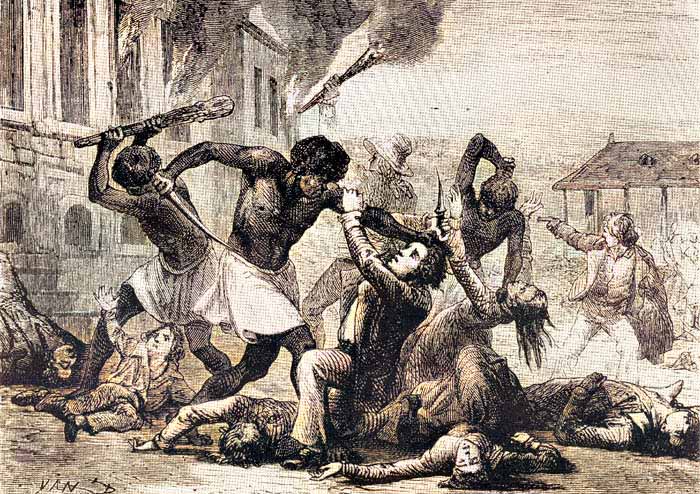
The Haitian Revolution
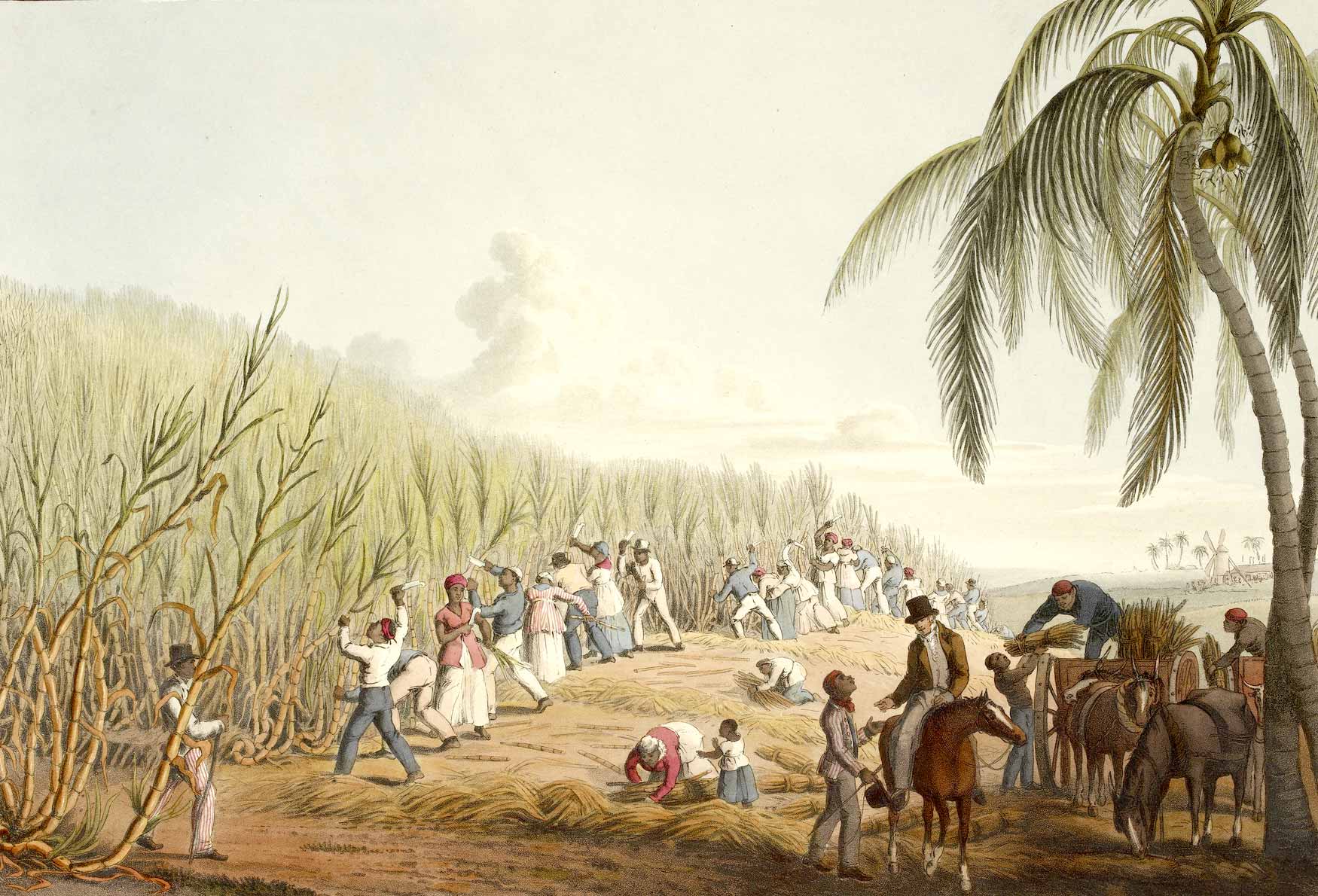
Harvesting sugarcane at a sugar plantation in the West Indies
The British offered Napoleon’s brother Joseph a hundred thousand pounds to talk the Emperor out of any deals with the Americans. The diminutive dictator rebuffed his brother’s entreaty (while soaking in his bathtub!) and ordered both his finance minister and Talleyrand to offer the whole of the Louisiana Territory to the United States, declaring, “I renounce Louisiana, it is not only New Orleans I will cede, it is the whole colony without reservation . . . I require a great deal of money for this war [with Britain].” It would prove the most important real estate deal of the century, perhaps in all of history.

New Orleans in 1803
At a dinner party, the French minister offered Monroe and Livingstone the entire territory and city for twenty-two million dollars. Shocked, but recognizing a windfall, they countered with an offer of eight million. In the end the negotiators settled for fifteen million on May 2nd, back-dated to April 29. It was an amount that the United States treasury could not afford, nor were the American ambassadors authorized to make that deal in the first place. The resourceful treasurer of France, François Barbé-Marbois, proposed that his contacts with Britain’s Baring Bros. Bank in London could produce the cash, to be repaid over fifteen years at six percent interest. They closed the purchase.
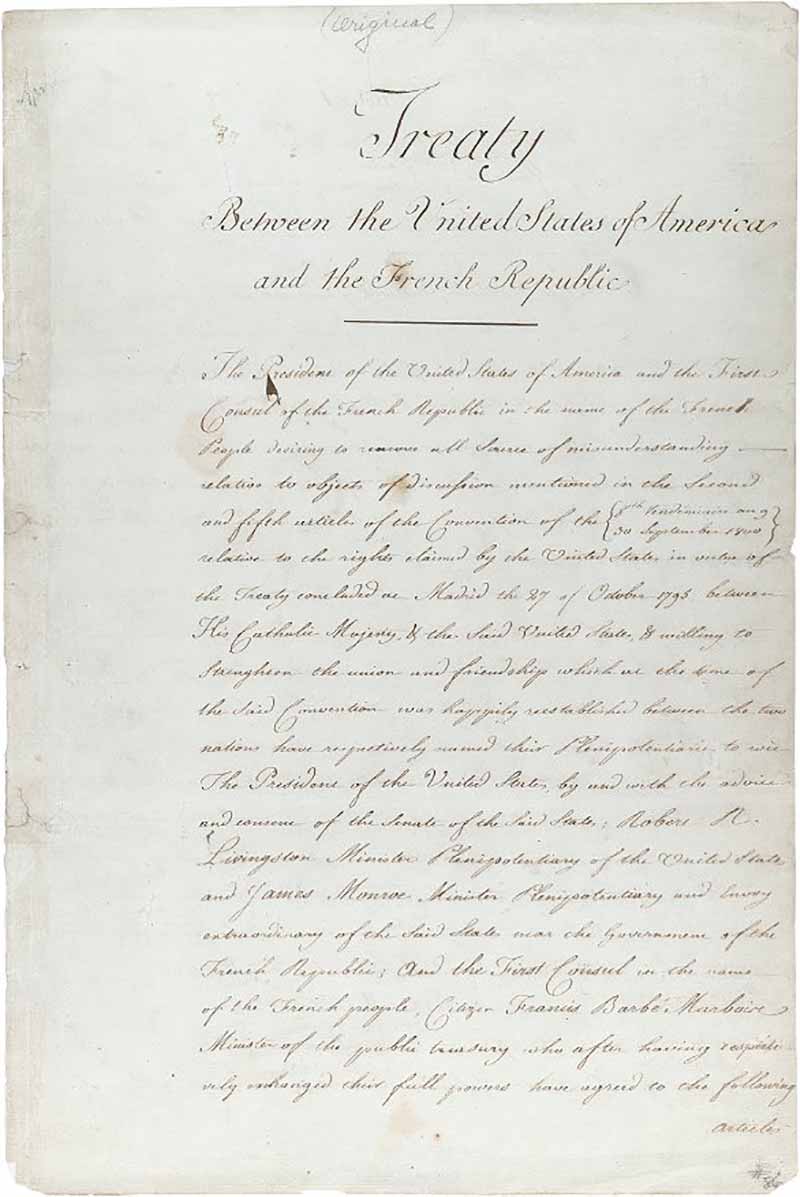
Treaty between the United States of America and the French Republic ceding the province of Louisiana to the United States
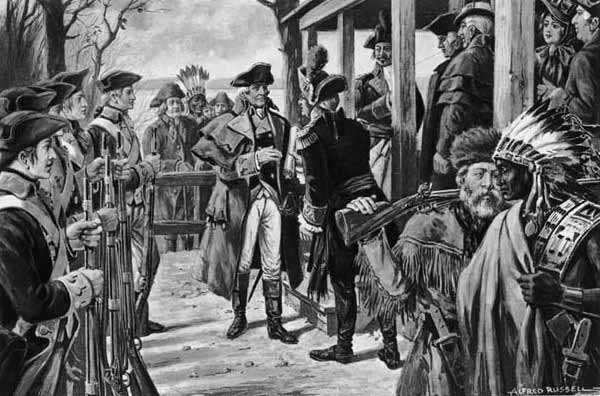
In New Orleans, the territory of Louisiana is formally transferred from French control to the United States
The news arrived in America on July 3; Monroe and Livingstone probably had their fingers crossed that the President would bend a little on his principles and the Senate would fall in line with the contract. Congressman Josiah Quincy of Massachusetts so opposed the deal that he favored secession by the Northeastern states “amicably if they can, violently if they must.” Jefferson had already sent Lewis and Clark to explore the Louisiana Territories all the way to the Pacific. The French governor in New Orleans burst into tears, and the British bided their time for eleven years before sending a military expedition to take New Orleans in the War of 1812. But that is another story of incredible providences.
Image Credits: 1 Flag-raising (wikipedia.org) 2 Map of Louisiana Purchase (wikipedia.org) 3 La Salle claims for France (wikipedia.org) 4 Robert Livingstone (wikipedia.org) 5 Charles-Maurice Tallyrand (wikipedia.org) 6 James Monroe (wikipedia.org) 7 Napoleon Bonaparte (wikipedia.org) 8 Haitian Revolution (wikipedia.org) 9 Sugar Plantation (wikipedia.org) 10 New Orleans in 1803 (wikipedia.org) 11 Louisiana Purchase Treaty (wikipedia.org) 12 Transfer of the Louisiana Territory (wikipedia.org)



